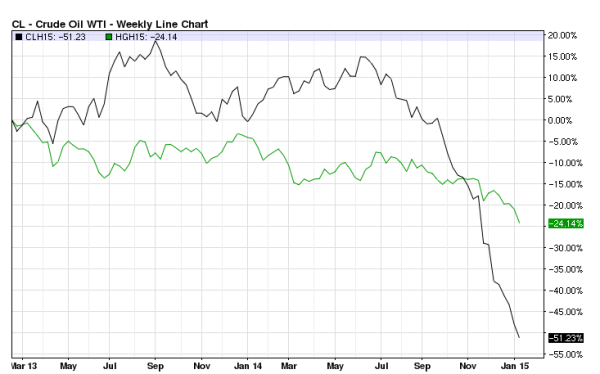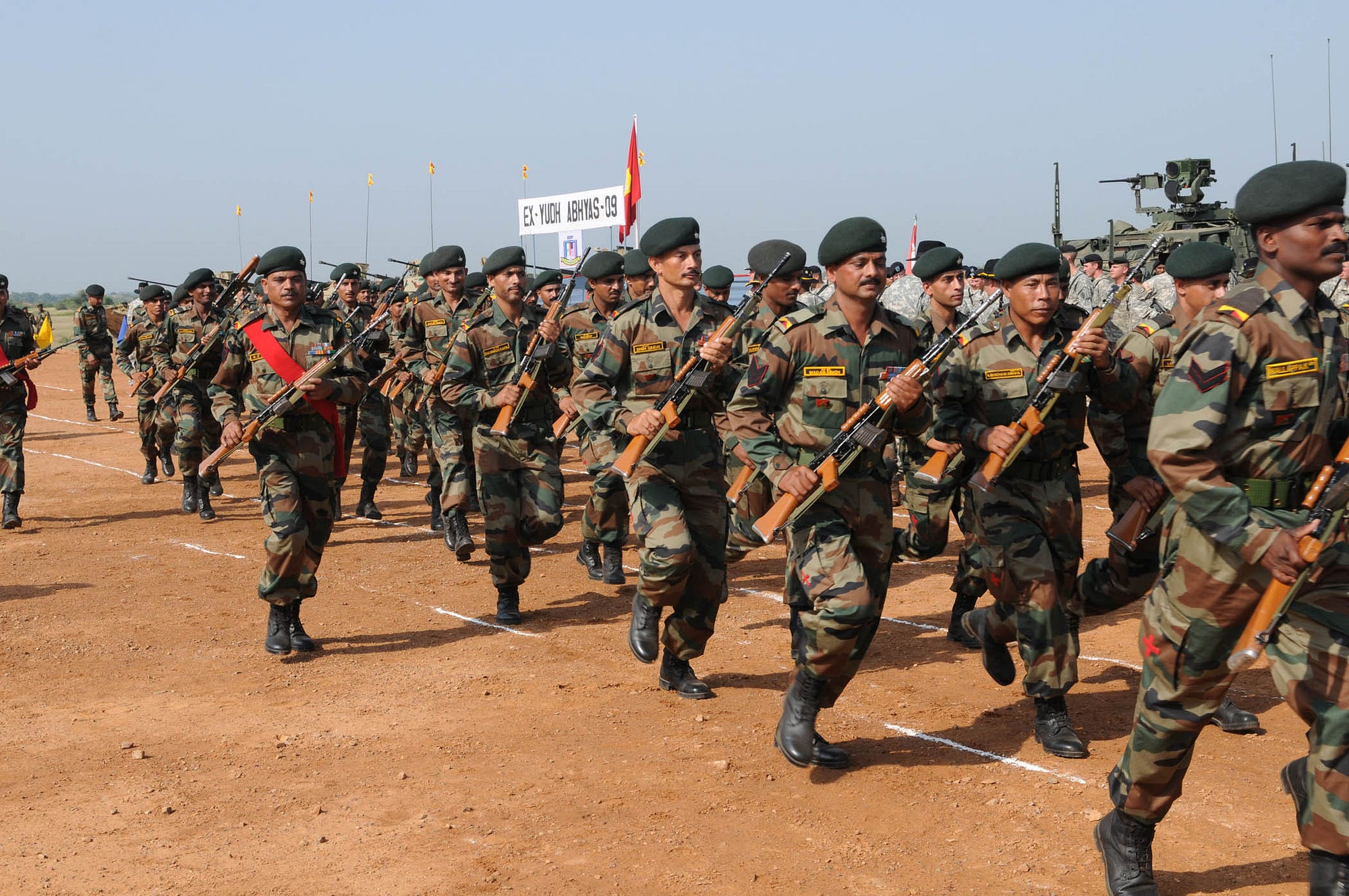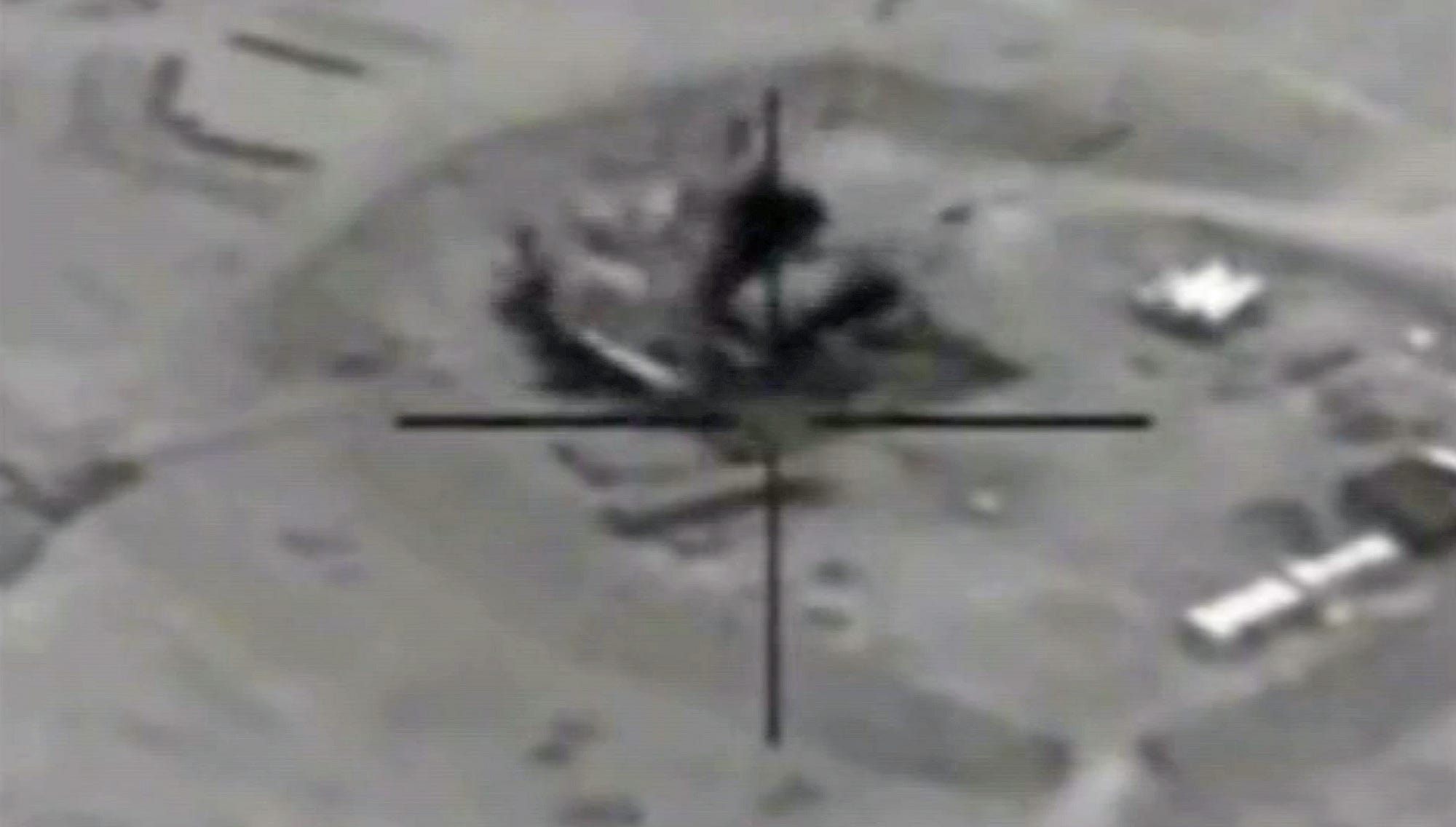Jupinderjit Singh
Jan 18 2015
The scale of the problem can be disputed in Punjab, not its existence. Drug use in the state has since long taken the shape of drug misuse, then abuse and increasingly, the worst form: addiction. That is classified as a disease, calling for medical treatment. The World Health Organisation prefers an over-arching term: drug dependence. The body politic has not stopped sparring over the issue, but the body’s rotting. It needs help, a forceful and forced correction.
Drug addiction is not a Punjab-specific problem, though social, cultural and economic patterns over several years encouraged its proliferation because of lack of discouragement. It is an affliction that’s been allowed a firm footing in the border state, becoming almost an accepted way of life as those who could make a difference looked the other way. Now that the political class does seem to be looking at the mess, is it the right way?
Drug use — primarily the intake of opium — had been part of the social and cultural compass long before Punjab was partitioned and then divided. That said, drug abuse was always considered an exception, not the rule — it was lampooned in comic characterisation and looked down upon. “In folk literature, songs and movies, we always had a drug addict in the plot. But he was never the hero. He was always made fun of. Those who took even liquor avoided meeting the parents and even one’s spouse,” says Dr Gurbhajan Gill, former head of the Punjabi Sahit Akademi. “It was even considered healthy, and people in the Malwa belt still feel small doses of opium are good for health,” he points out. “The influence also comes from the prevailing culture in neighbouring Rajasthan where opium was, and still is, served like paan in weddings.”
The use increased with the advent of the Green Revolution in the state. More work in the fields brought more labourers and the demand of poppy husk and opium increased manifold. Dr Gill recalls how it was common for big farmers to supply opium and poppy husk to labourers, “since it served like machine oil”. Similarly, industrialisation in the country opened more routes for Punjabi truck drivers and they took to poppy husk and opium as they felt it helped them in driving for longer hours.





 A blogger posts a photo of a sign in Kashgar discouraging Uighur from wearing Islamic dress. It says, “Advocate transforming outdated customs.”(Weibo)
A blogger posts a photo of a sign in Kashgar discouraging Uighur from wearing Islamic dress. It says, “Advocate transforming outdated customs.”(Weibo)





 At top—Islamic State fighters near the Beiji refinery near Baghdad on June 19, 2014. AP photo. Above—a coalition air strike hits an Islamic State refinery. Department of Defense
At top—Islamic State fighters near the Beiji refinery near Baghdad on June 19, 2014. AP photo. Above—a coalition air strike hits an Islamic State refinery. Department of Defense 